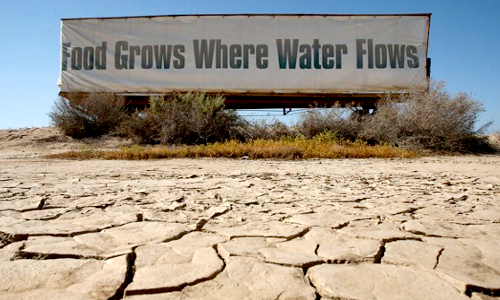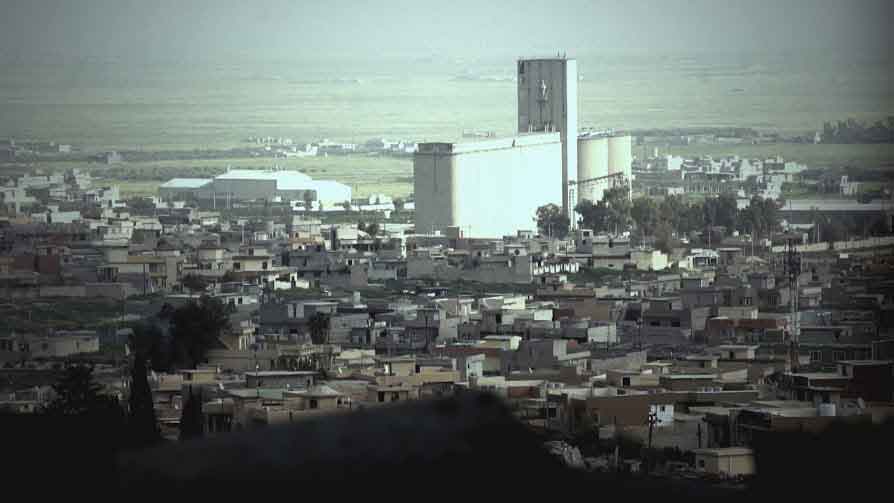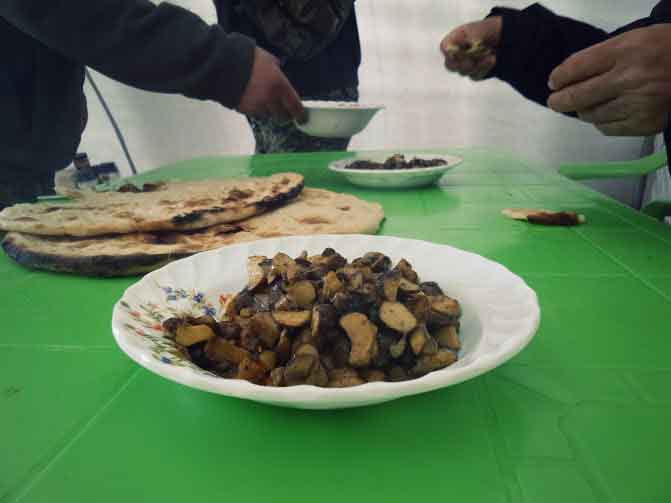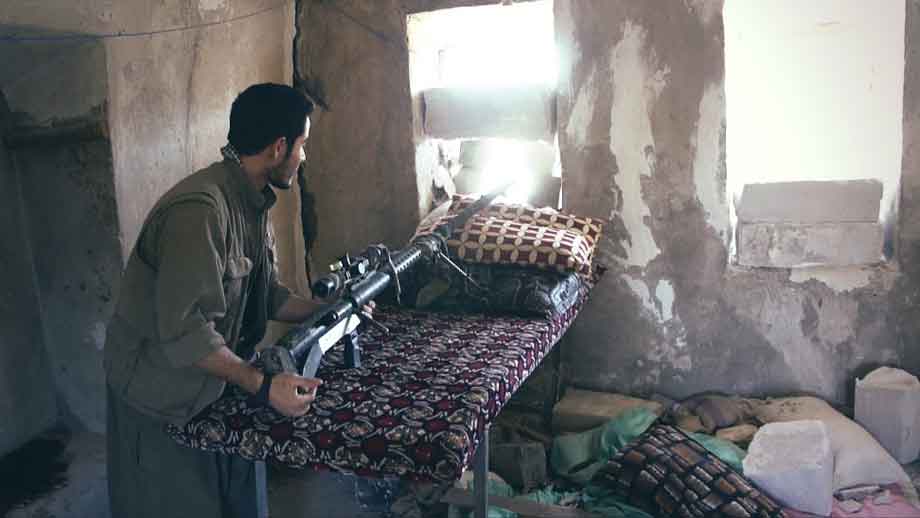Zaida Green
Five rural counties in southeastern Indiana have reported 150 cases of HIV since December. The epidemic, which is one of the worst documented outbreaks of HIV among intravenous drug users in the past two decades in the United States, is being driven by conditions of poverty and social devastation that are found in cities and towns throughout the country.
William Cooke, the only doctor in the small city of Austin, Indiana, had been warning about the emergence of such an epidemic for years. “If there is a silver lining to the HIV crisis, it’s that it’s brought attention to the underlying problems of addiction, lack of economic development and opportunity for people. I worry about the surrounding people across North America that are living similar lives as here,” he told CBC News.
The HIV outbreak has been linked to the prescription painkiller addiction ravaging impoverished, rural areas across the US. At the center of southeastern Indiana’s HIV epidemic is oxymorphone, a prescription drug with the tradename Opana, an opioid that is comparable to heroin when injected into the veins.
According to the US Centers for Disease Control and Prevention (CDC), prescription drug abuse led to more deaths in the United States than heroin and cocaine combined, causing nearly 23,000 deaths in 2013. The number of deaths from prescription drug overdoses has more than quadrupled nationally since 1999. The abuse of opioid painkillers, such as Opana, is responsible for 16,000 of those deaths, an average of 44 per day.
Ten percent of all new HIV cases in the United States are contracted through the use of contaminated syringes during intravenous drug use. Eighty percent of the people infected with HIV in Indiana’s current epidemic are also infected with Hepatitis C, another disease frequently spread through the use of contaminated syringes.
Scott County, which has a population of barely 24,000 and an official poverty rate of 19 percent, has been the hardest hit of the five counties. Since 2011, half of all deaths referred to the county coroner were caused by prescription drug overdoses, most of them young people. The county has seen well over twenty times its annual average of HIV cases since December.
Indiana’s epidemic was first officially reported in late February, after the confirmation of twenty-six HIV cases in Scott County. The following month, Republican Governor Mike Pence declared a state of emergency, temporarily suspending state laws to permit clean syringe exchange programs to be operated in Scott County. Over 10,000 clean syringes have been distributed since March.
The efforts of the syringe exchange program were initially hindered by residents’ fears of being arrested or tracked by the police. “Some people were scared to come to the needle-exchange because they were afraid that either the cops were there waiting to arrest them or that we had video cameras to videotape them for later,” said Scott County Public Health Nurse Brittany Combs.
Almost half of all inmates incarcerated in federal prisons, some 94,474 people, are in prison for drug offenses. Across the US, the facilities that house most of the country’s drug users are not rehabilitation centers, but prisons and jails. Only one in ten Americans with drug addictions receives any treatment, according to a report by the Trust for America’s Health.
Health workers from the CDC and other states have been sent to Indiana to administer free HIV tests and set up mobile syringe exchanges. The not-for-profit AIDS Healthcare Foundation, in conjunction with local officials, has established a permanent HIV clinic in the town of Austin to provide free treatment to patients without health insurance.
Though the rates of new HIV cases have subsided over the last two weeks, health officials are still worried that the current epidemic could spread outside of rural southern Indiana, or that outbreaks are developing elsewhere undetected.
“We know the factors that predispose this community to this outbreak exist throughout Indiana and throughout the country,” said Indiana’s State Health Commissioner Jerome Adams. “And quite frankly, I don’t expect this will be the last time we see an outbreak like this.”
Between 2010 and 2013, the CDC recorded a 150 percent increase in acute Hepatitis C cases. High rates of Hepatitis C infections are correlated with syringe sharing and are a key indicator of potential HIV outbreaks. In the midst of Indiana’s growing HIV epidemic last month, the CDC put out a national alert urging health departments to track Hepatitis C cases.
Propping up the rates of opioid addiction in the United States are the skyrocketing sales of pharmaceutical companies marketing the drugs and the growing chasm of social inequality. Over the past fifteen years, while living standards and social programs have been subjected to a relentless assault, the sales of prescription painkillers have quadrupled.
Prescription drug abuse is most prevalent in the northeastern Appalachian region, where decades of deindustrialization have left the region’s mining communities with few economic opportunities outside of drug trafficking. Appalachia is home to approximately 25.3 million people, 4.18 million of whom live under the poverty line. The per capita income in the region is $36,608 annually, almost twenty percent below the national average.
Just 36 miles south of Scott County and sitting west of the Appalachian Mountains is the city of Louisville, Kentucky. The state of Kentucky has the third highest rate of prescription drug overdose deaths in the United States and is also facing an epidemic of heroin abuse.
The last HIV epidemic outside a metropolitan area in the United States occurred in the poverty-stricken town of Belle Glade, Florida, in the 1980s. The rural town of 16,400, just 44 miles west of Palm Beach, had one of the highest AIDS prevalence rates in the world. Over 400 residents died from AIDS. Two decades later, the town has a staggering poverty rate of 36.3 percent and its residents are still struggling with HIV.





